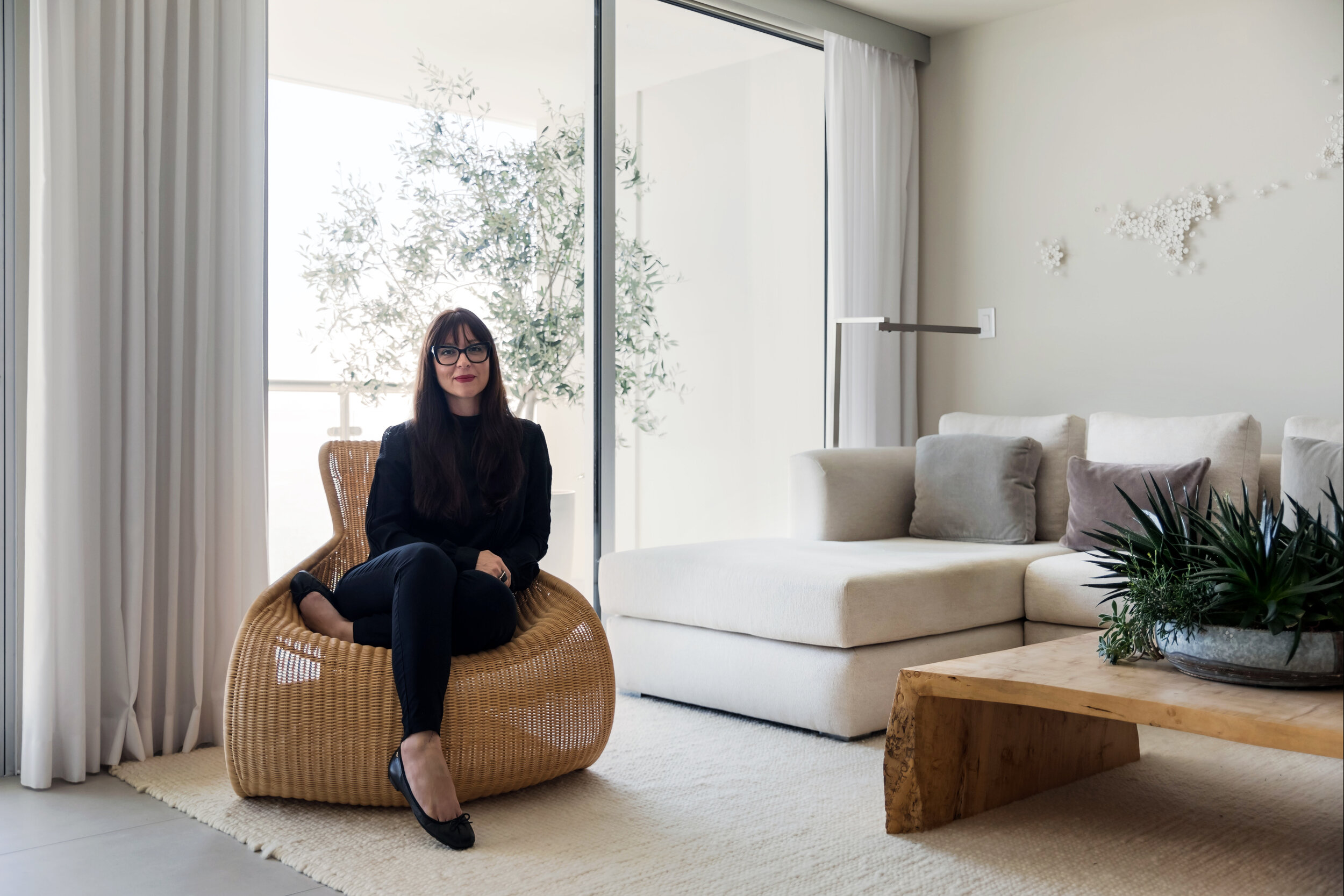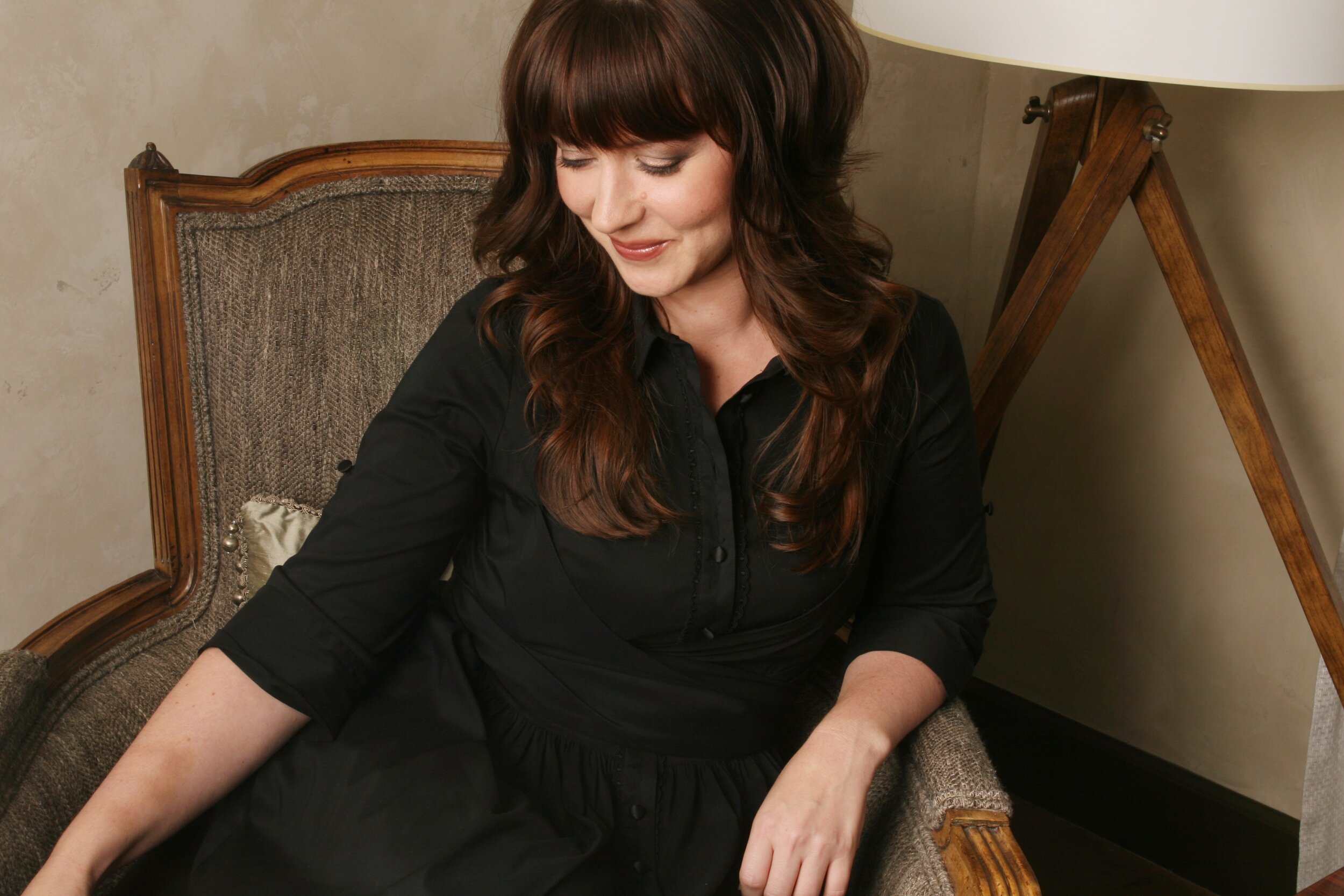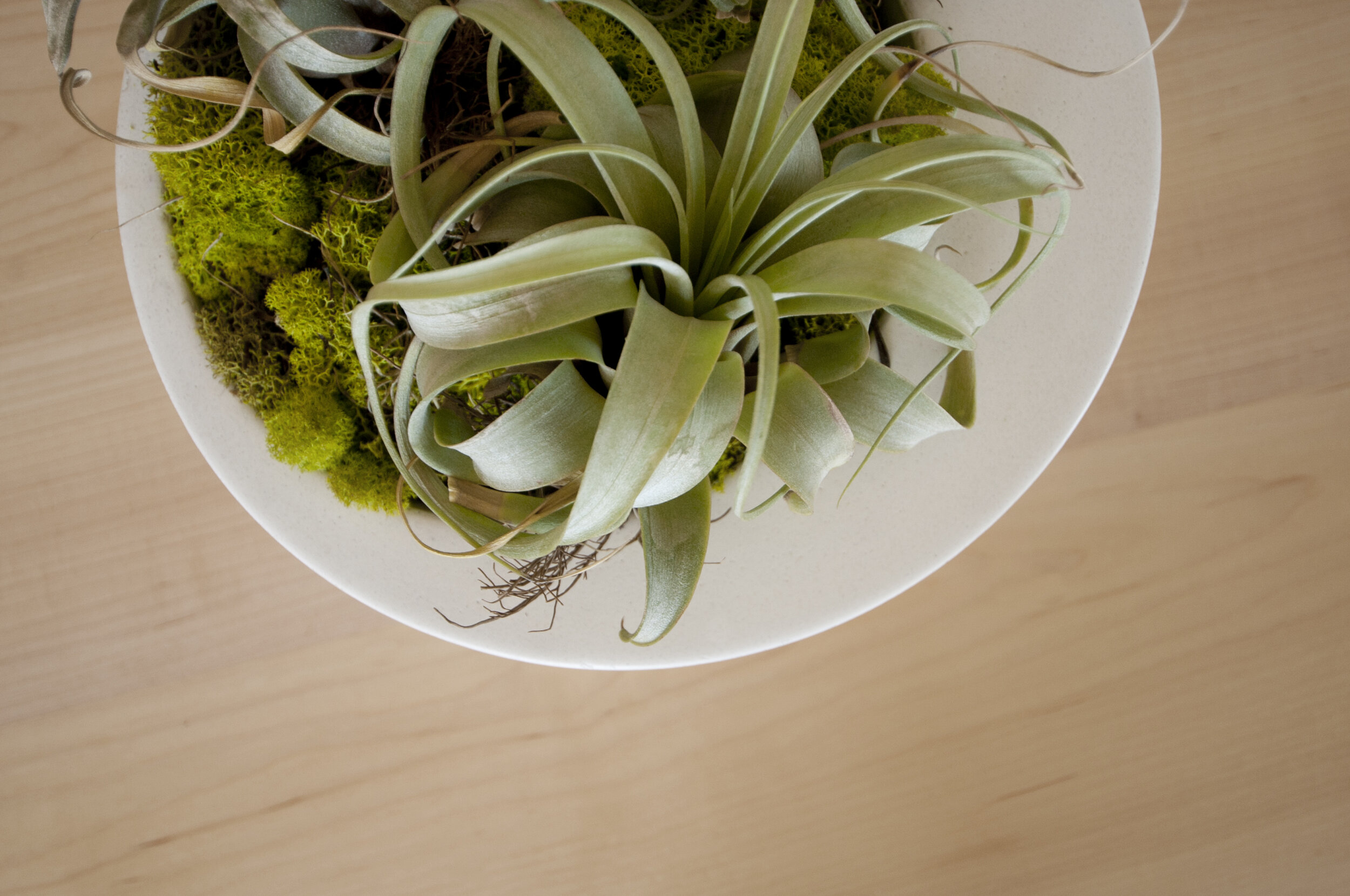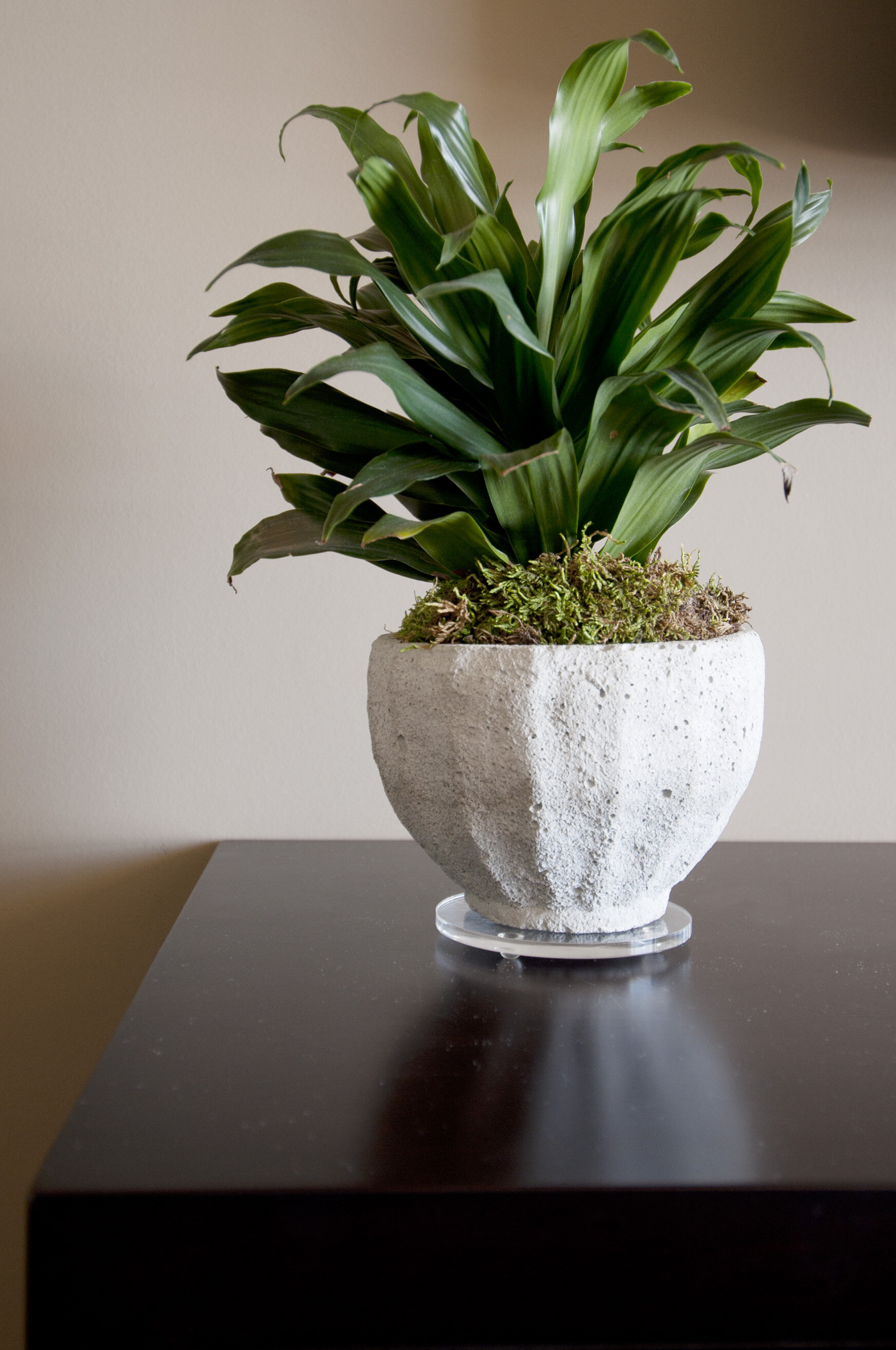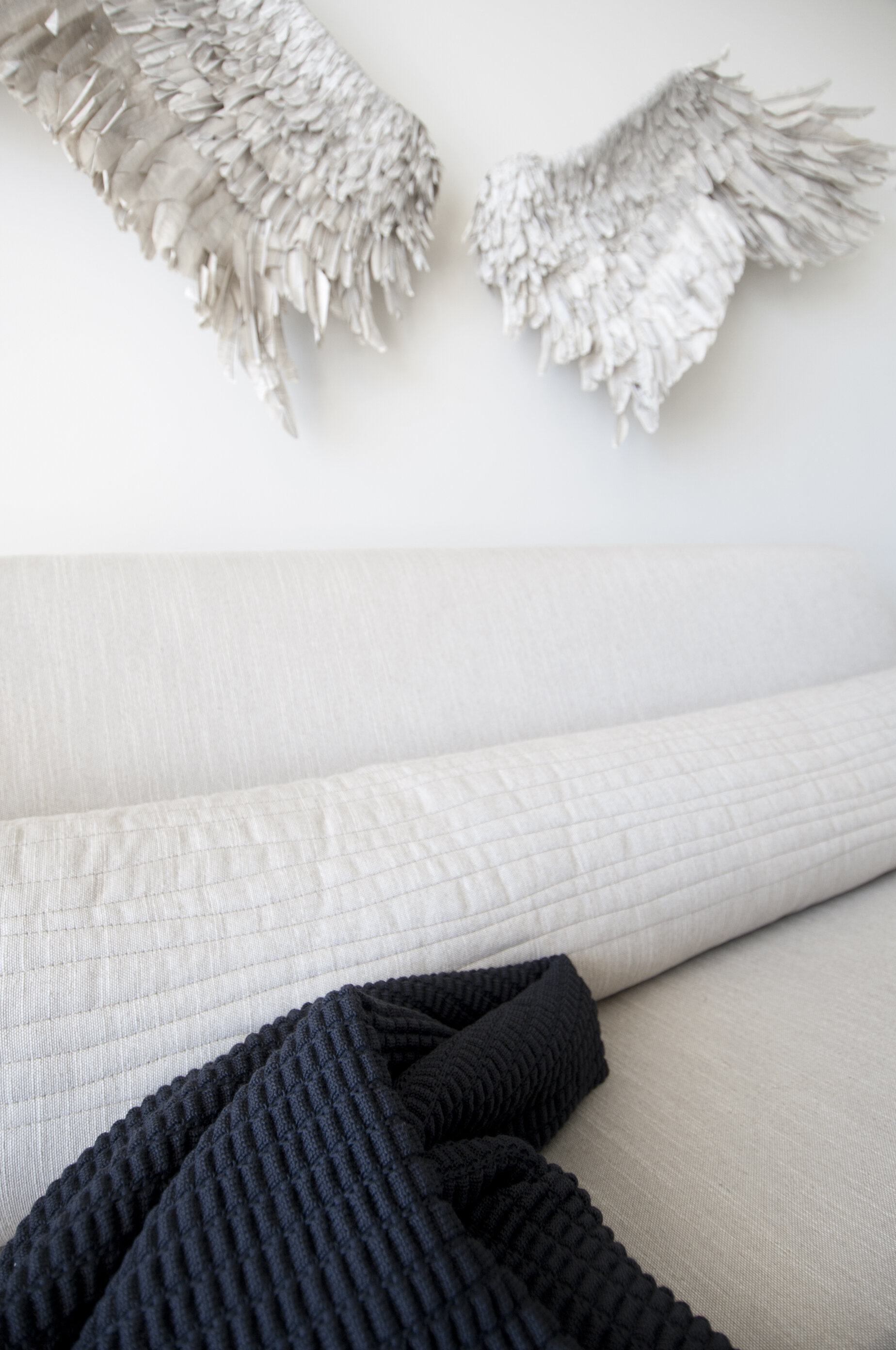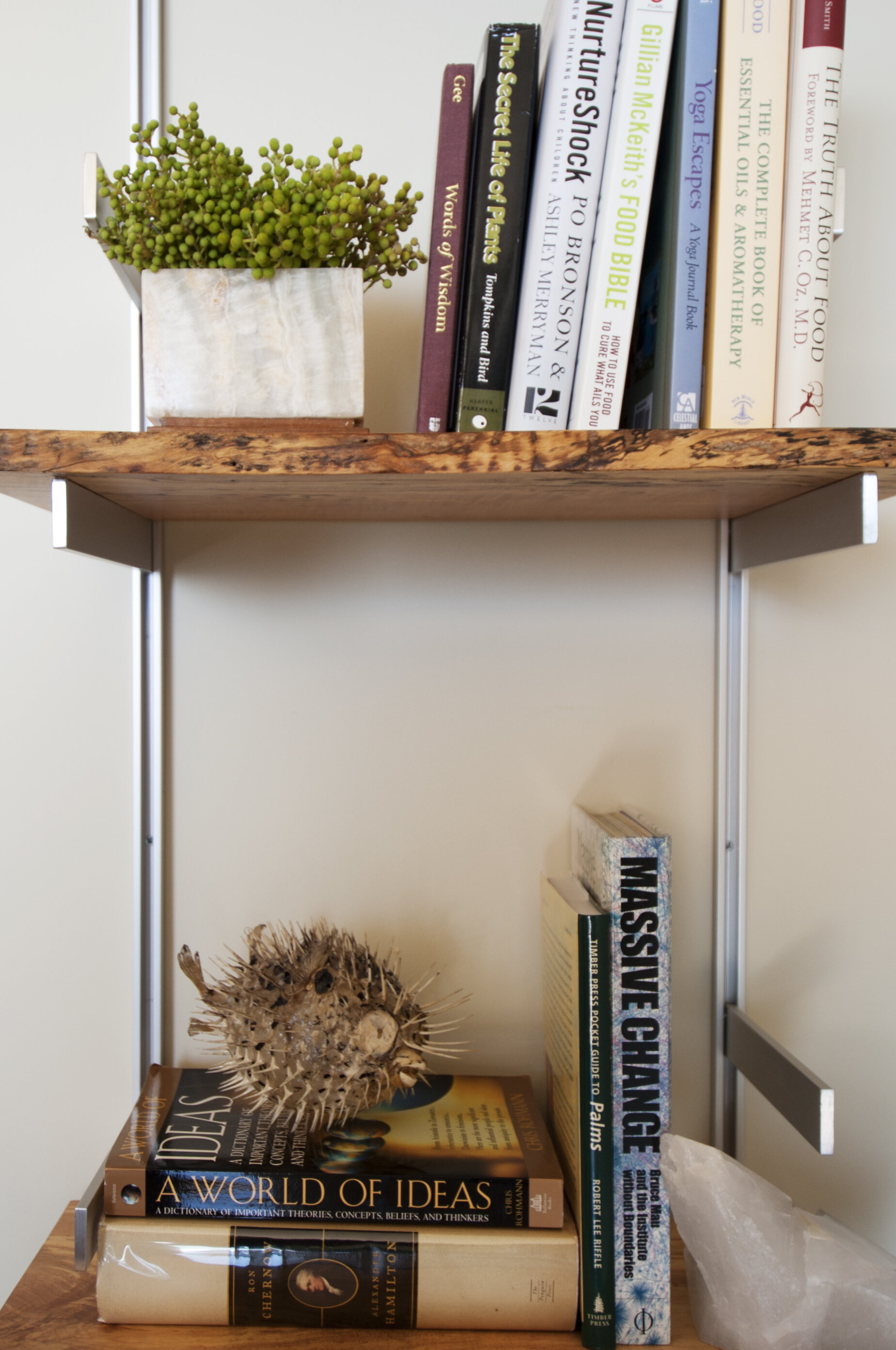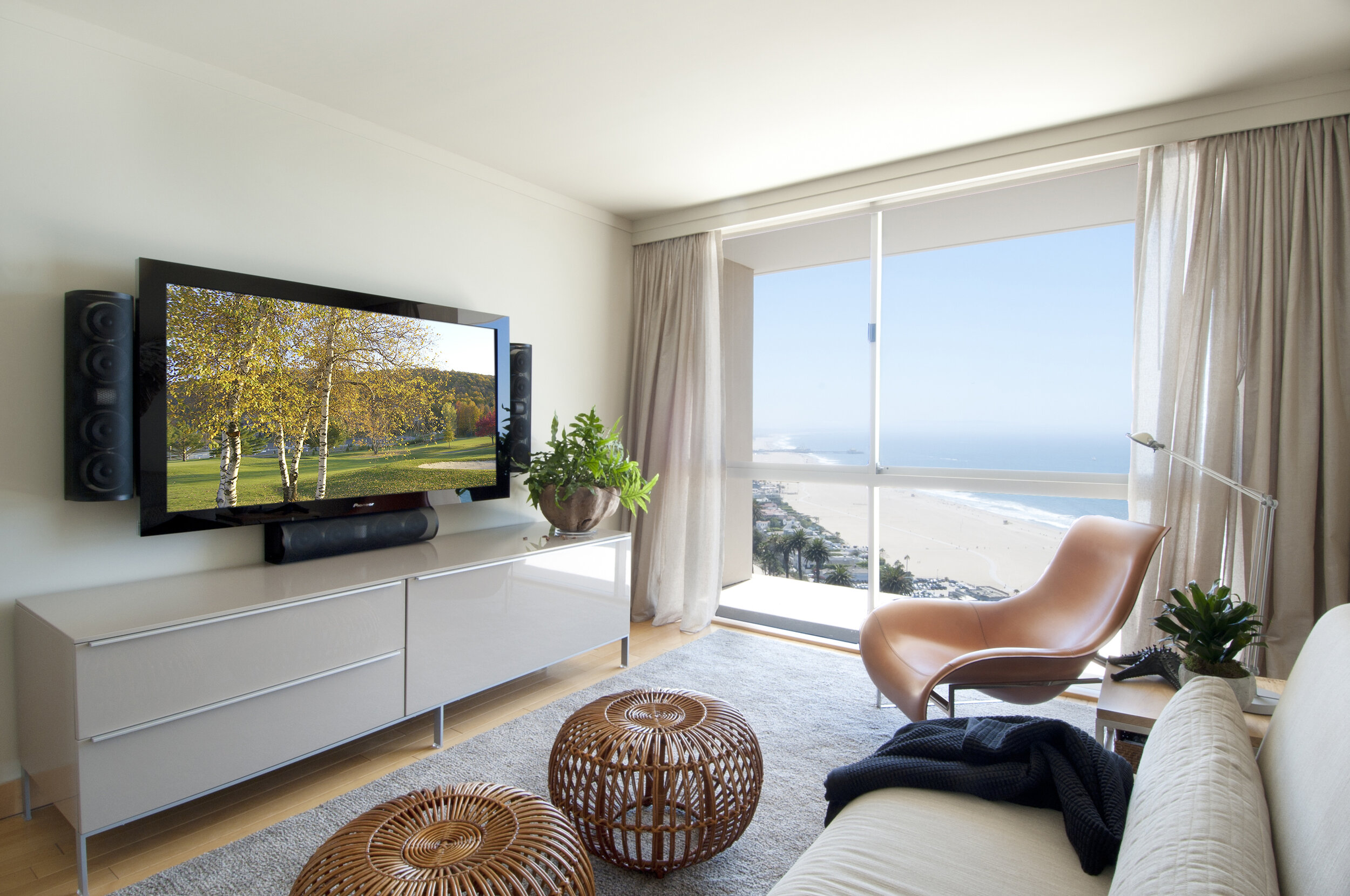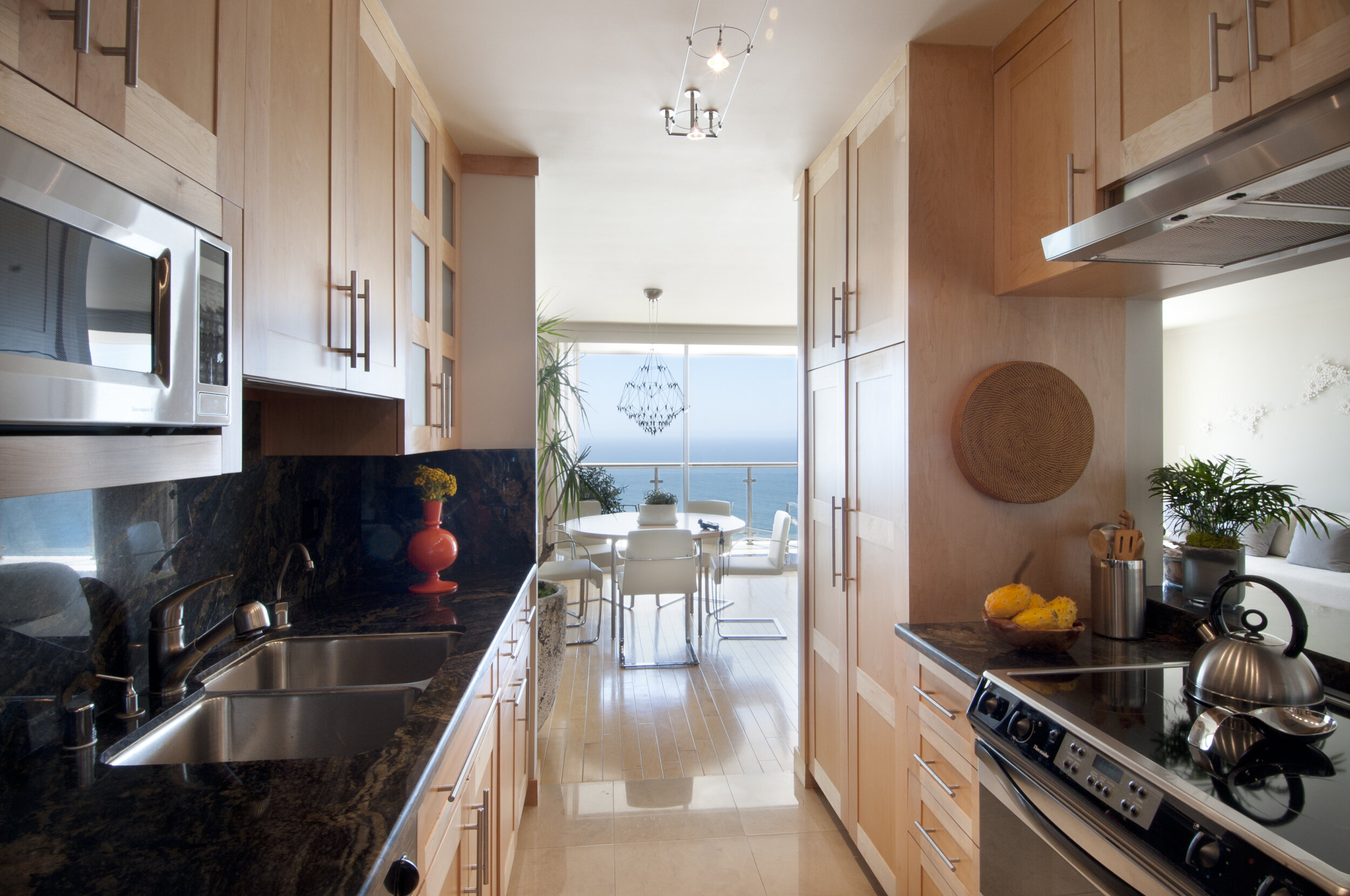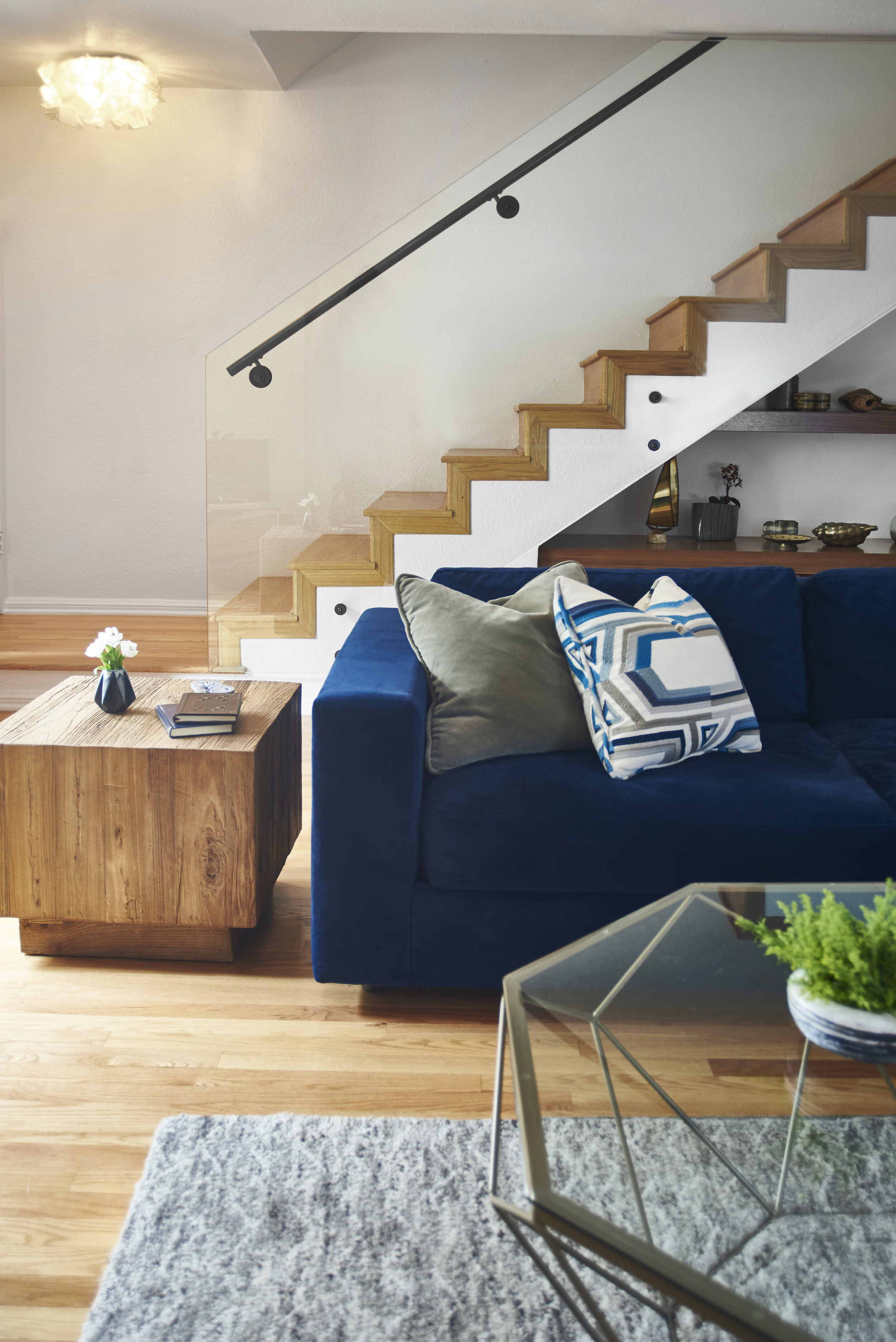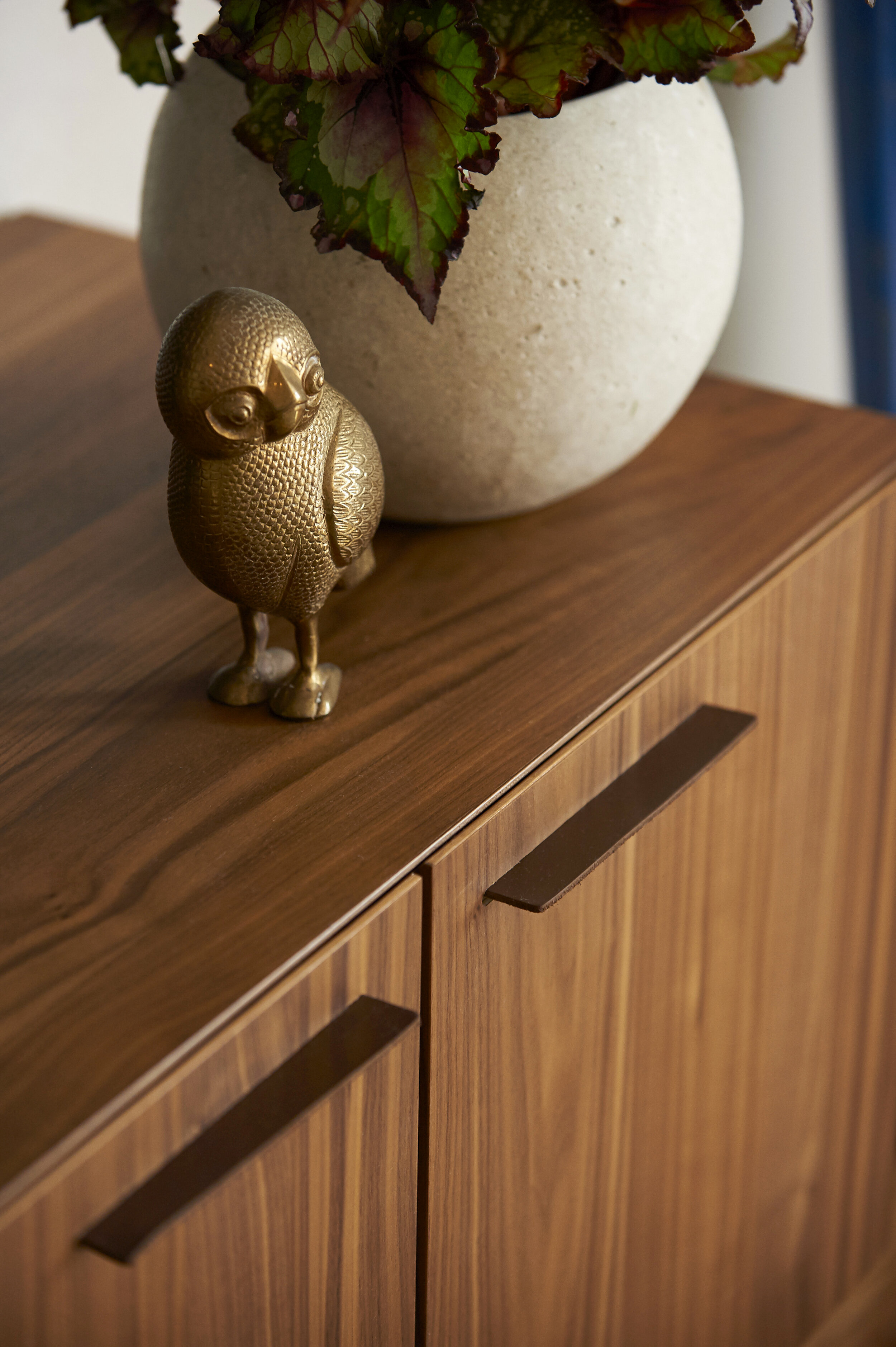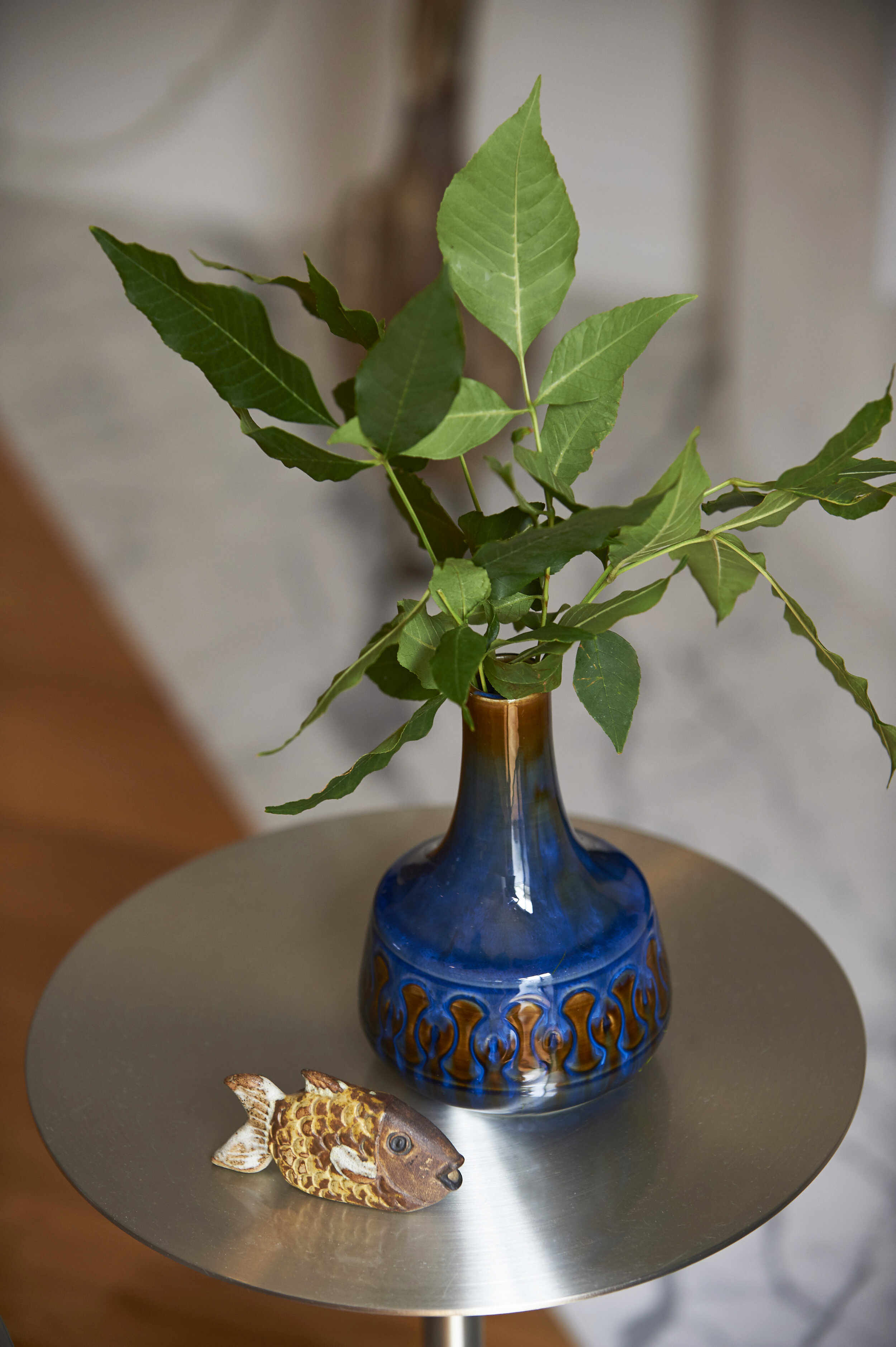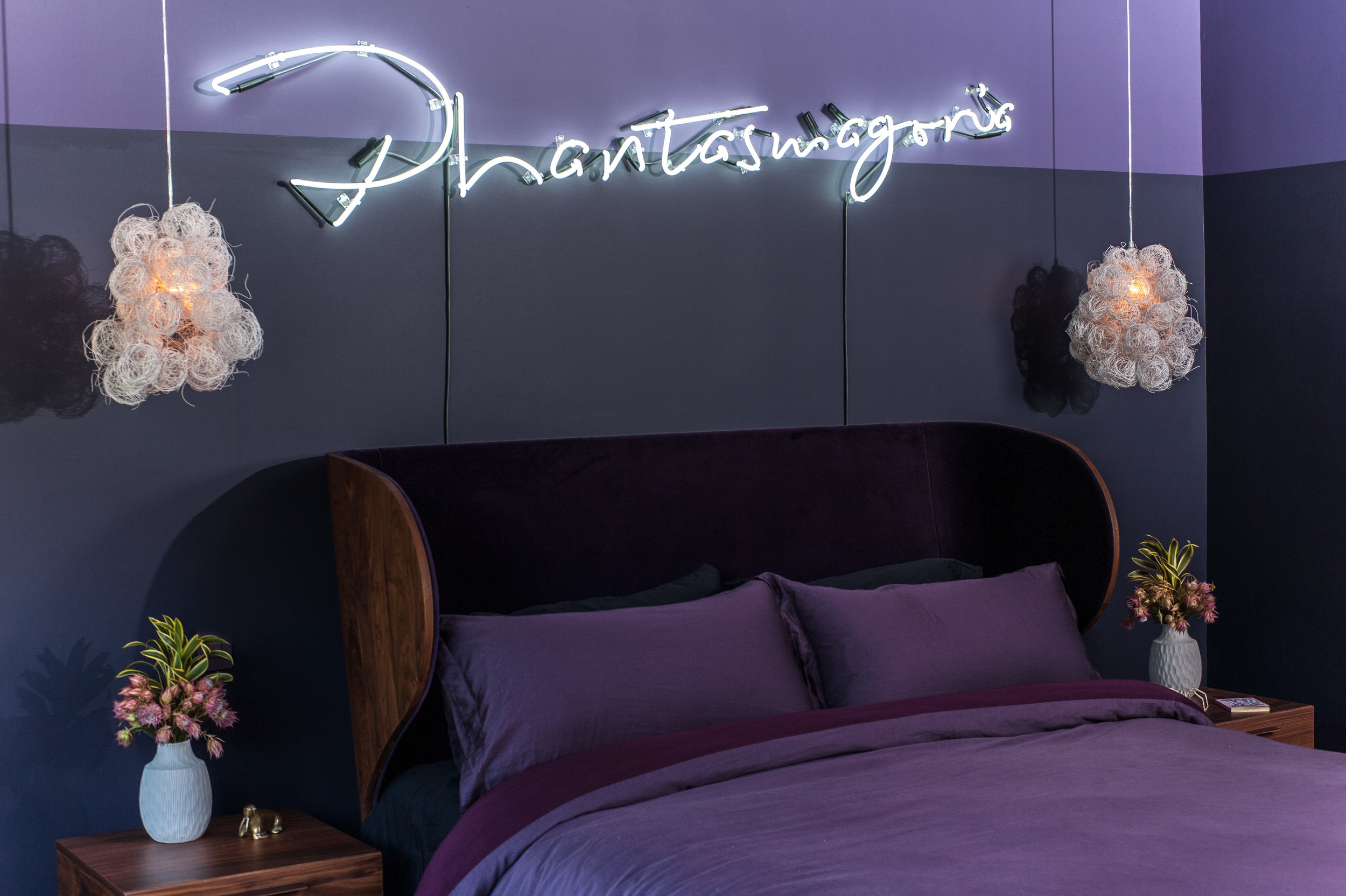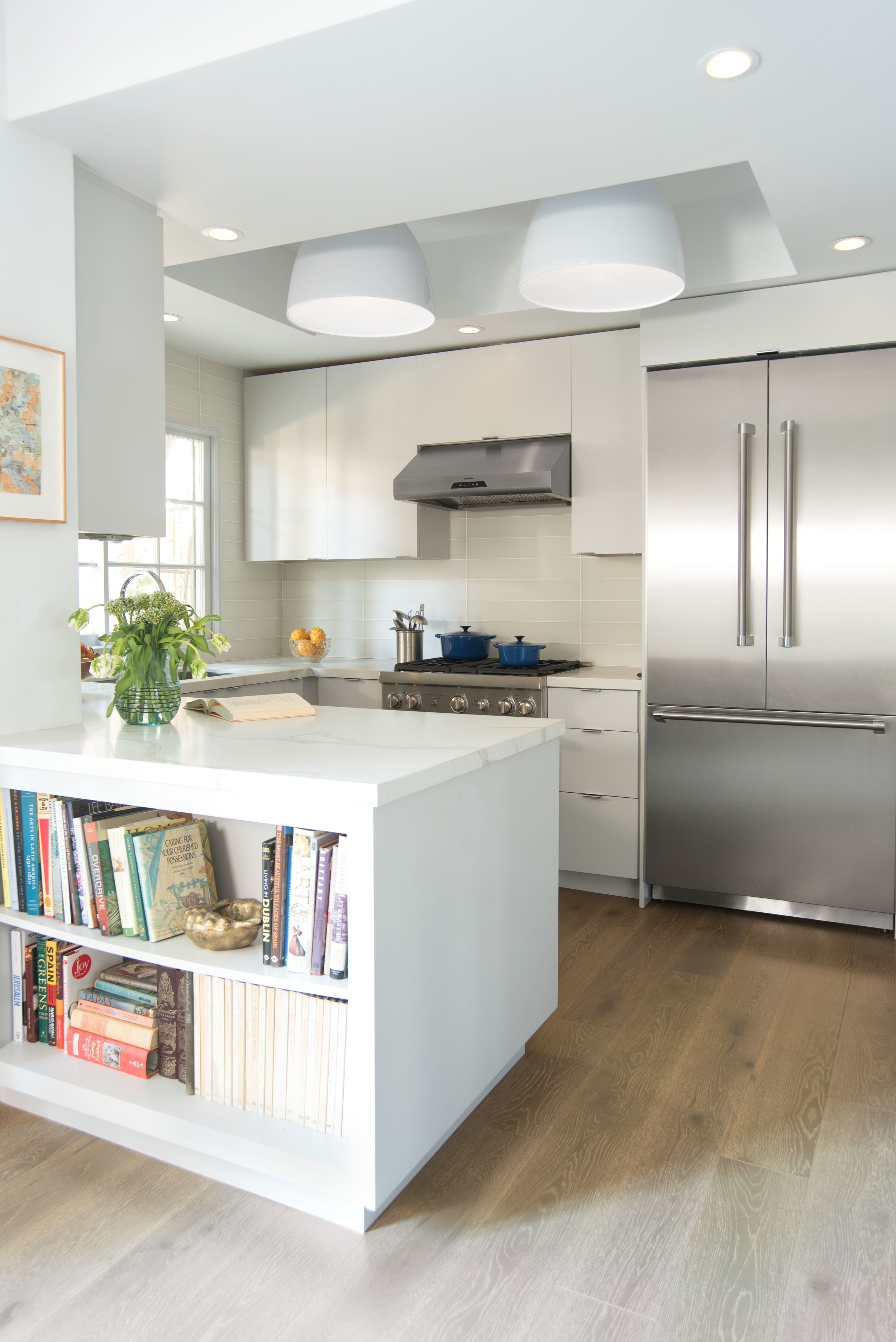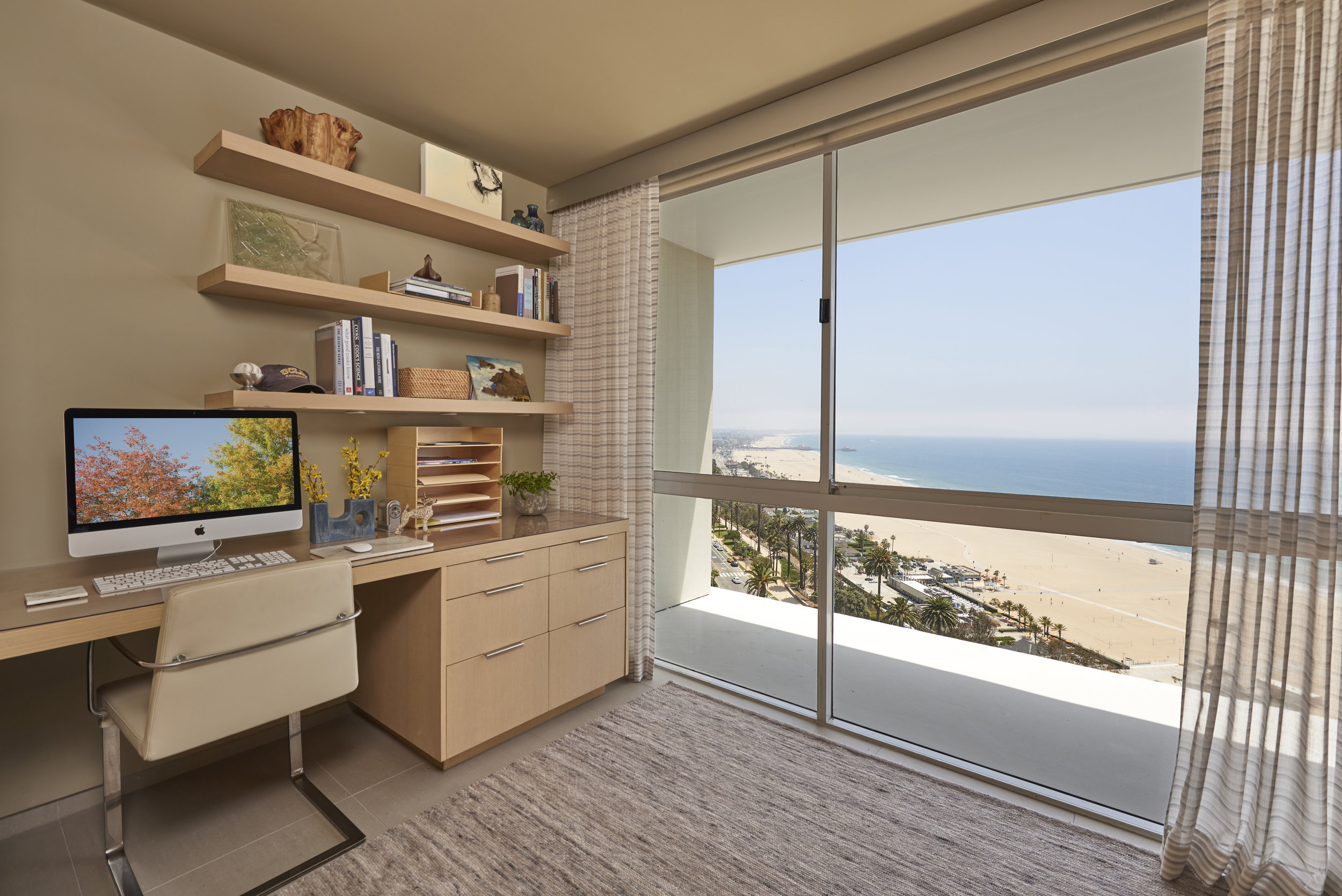Interior Design for Wellbeing: A special presentation at the Helms Bakery Design District
/Interior designer Sarah Barnard photographed by Ace Misunias.
Hosted by OM and PLP SoCal, the inaugural session of OM Chats gathers leading voices in architecture, interior, and product design for a morning discussion about the ideas shaping home design and wellness. Speakers include Sarah Barnard, WELL AP + LEED AP, principal of Sarah Barnard Design, Julie Smith-Clementi, AIA, IDSA, architect and product designer, and Adaeze Cadet, AIA, LEED AP, BD+C, vice president at HKS.
The discussion centered around how to design spaces and products that reflect a broader — more empathetic — understanding of the human experience in the workplace, health care spaces, educational facilities, and wherever people gather and live.
Sarah Barnard is a WELL and LEED accredited designer and creator of environments that support mental, physical and emotional wellbeing. She creates highly personalized, restorative spaces that are deeply connected to art and the preservation of the environment. An advocate for consciousness, inclusivity, and compassion in the creative process, Sarah’s work has been recognized by Architectural Digest, Elle Décor, Real Simple, HGTV and many other publications. In 2017 Sarah was recognized as a “Ones to Watch” Scholar by the American Society of Interior Designers (ASID).


